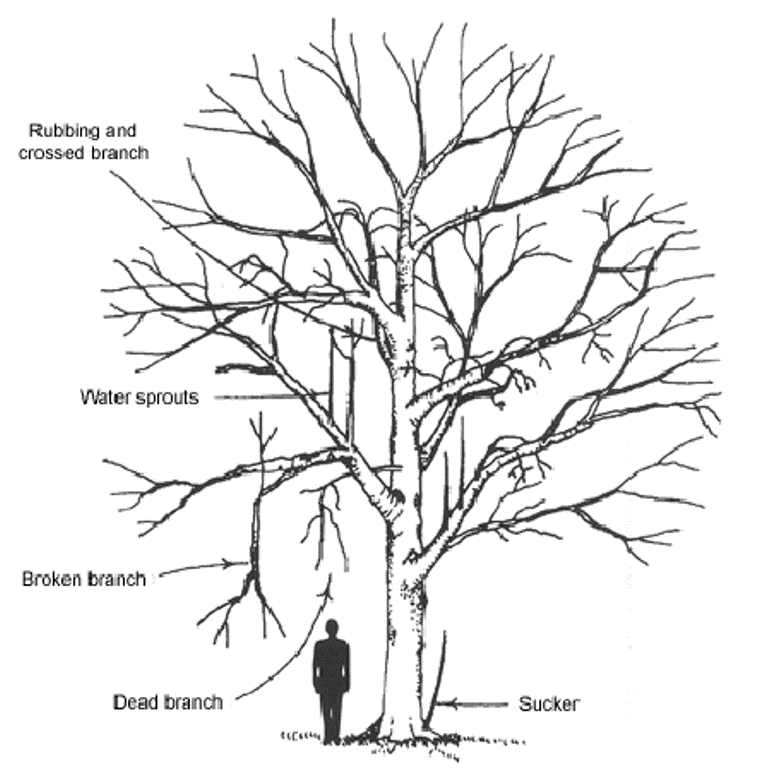Pruning is a method of cutting the dead tree branches for the maintenance procedure. Dead branches are like nature’s way of telling us that the branches have run its course, and it’s time to put the old jack to rest. Contrary to popular beliefs, pruning involves a series of calculative steps and methods to get it done the right way. Pruning serves various crucial purposes such as removal of dead branches, to ensure proper growth, to clear the power line interference, to make the tree more spacious by increasing the light and air penetration.
Improper pruning can result in an absolute nightmare, and most importantly, it will affect your tree’s health and growth in the most negative way. It can also prevent trees from growing at a proper rate or even shorten its lifespan. But luckily there are more than adequate tree removal Sydney service to help you prevent that. Pruning can be a simple affair only if you know how, if you aren’t sure of it, it is a more logical step to hire a tree removal service aka an arborist.
1.The proper cutting technique
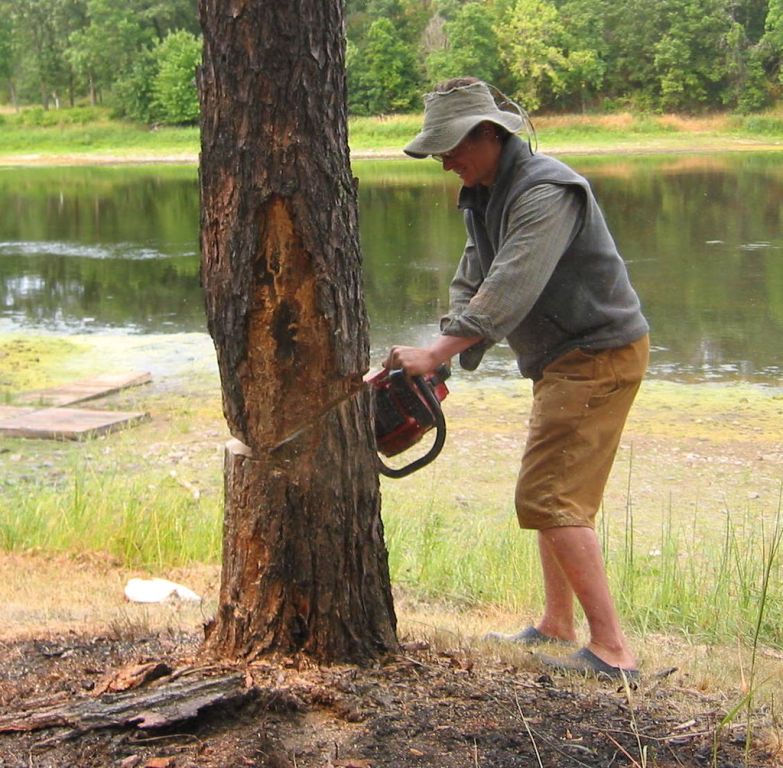
Okay, if you insist on just taking your pruning scissors/shears and just start cutting the branches, you might as well just take an axe and end the tree. It may be more of a merciful act to do that. Would you be okay if someone just took a scissor and cut your hair randomly? Unless you’re Lady Gaga, you will be pissed. You may as well just go ahead and cut your whole damn hair, right?
A proper pruning technique means preventing cutting too close to the trunk or too far away from the trunk of the tree. The most efficient way to cut the branches is by cutting just where the branch and the trunk meet. This enables a quick healing process so that the tree growth isn’t disturbed even after pruning.
2.Knowing when to prune
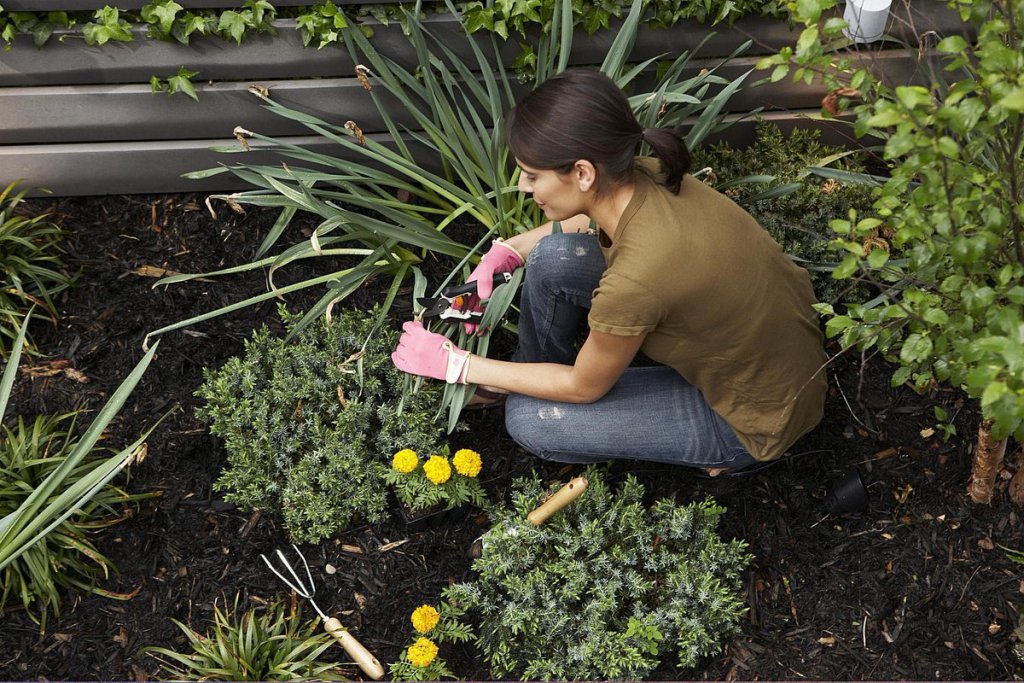
If you already didn’t know, pruning has its specific season. Unless you’re cutting dead trees or branches for power lines clearance or for clearing of your sewer lines or septic tanks (in which case, it depends upon your convenience). If your pruning purpose is simply maintenance of the tree, it is of utmost importance that you establish a clear time to prune. For example – it is generally not recommended to prune during the winter season, because it takes time for trees to heal up the wound during this time.
3.Don’t leave stubs
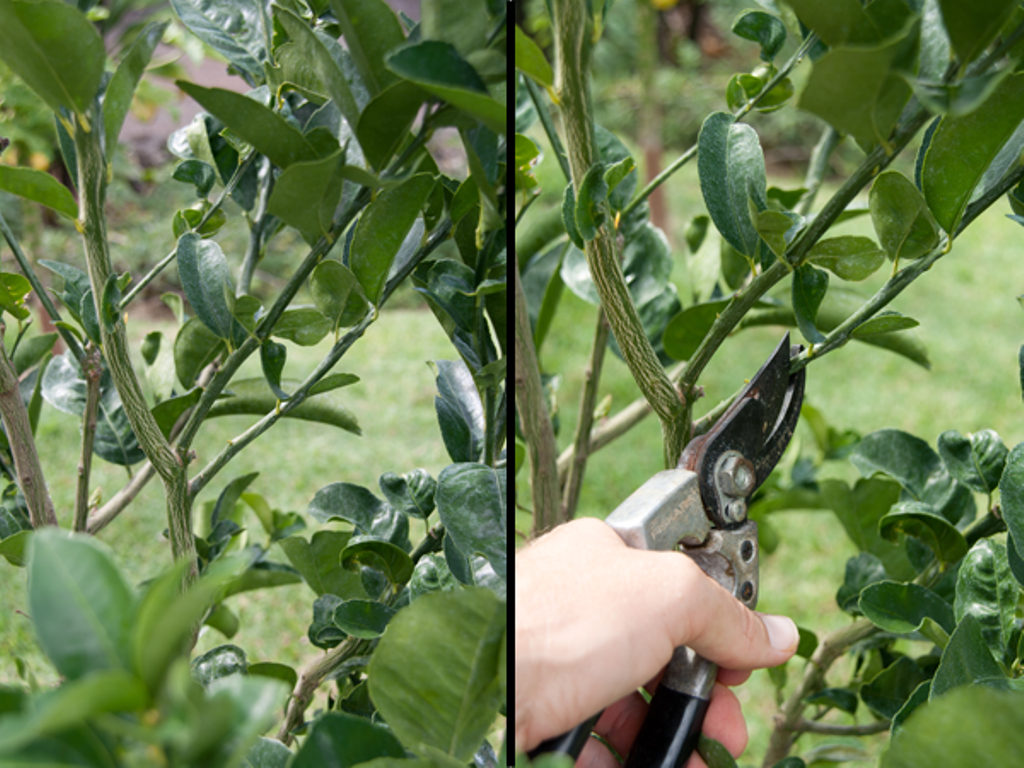
This point is directly related to proper cutting techniques. Stubs are a result of cutting the dead branch too far away from the collar and the ridge. This stub will only create more problems than a fully grown dead branch. This is because the stub you create will have a minimal amount of nutrients. Hence, the healing process takes much longer. Also, the most crucial aspect of the stub is that it provides the perfect path or area for insects to crawl in and make their homely abode. This, in turn, harms the overall tree health and not to forget, it just looks ugly!
4.Remove the suckers
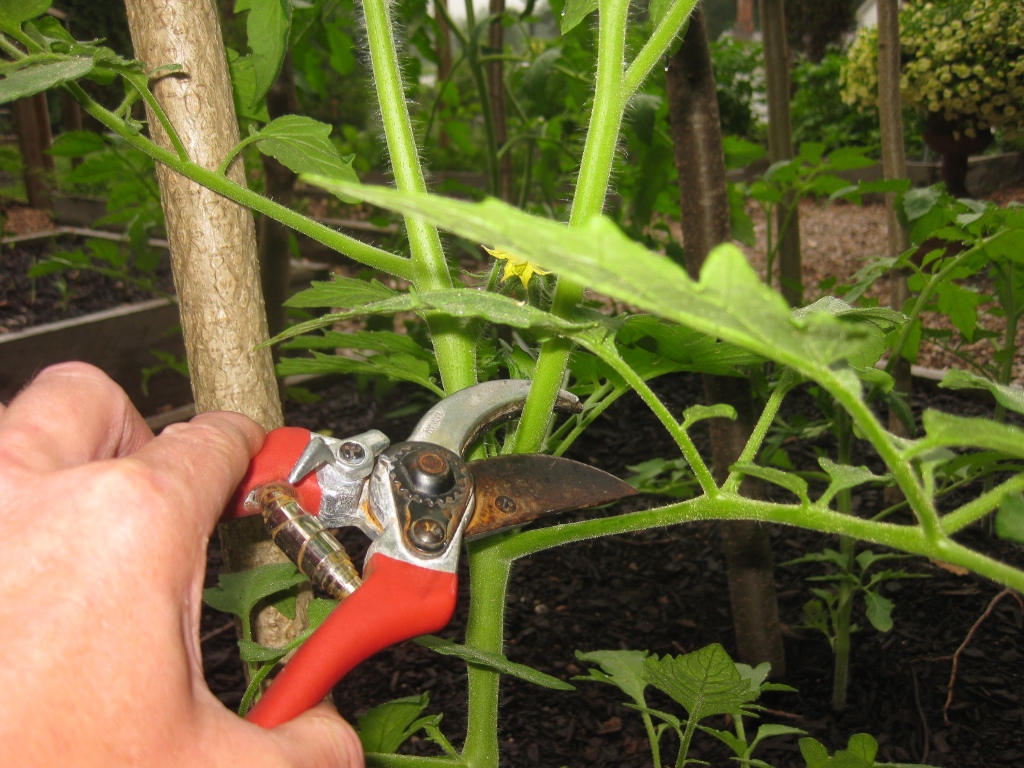
What is a sucker? You may notice some weird branches that are not on the same path as the natural branch growth. This is more like a natural way for trees to produce more branches, especially if the tree hasn’t been looked after properly. Suckers are in most cases different from the tree. They produce a different variety of leaves or even inferior fruits and give the tree an ugly appearance.
It may look good, especially if your main purpose is decorative trees/flower plants. But, they take up all the crucial nutrients of the tree. It is best if you remove the Suckers before they are fully grown.
5.Using the proper pruning tool
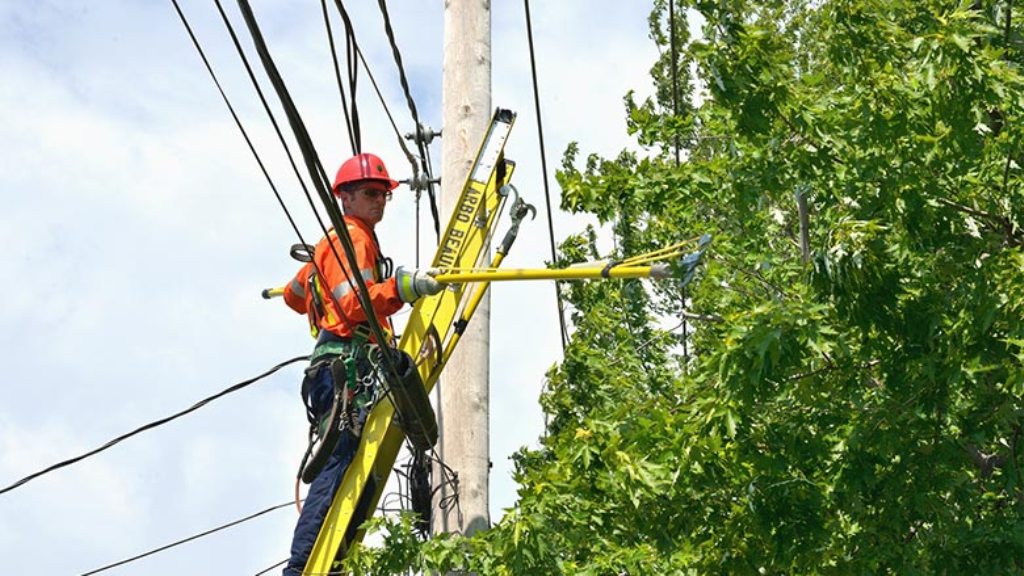
No, there isn’t just one type of pruning shears. There are different shears for different purposes. For example, there are different shears for cutting different thickness of the branch or the height of the branch. The most common pruning tool is the “Anvil pruner.” It is used for cutting dead twigs and branches that are 5/8″ in thickness or less. However, we cannot use that for cutting large branches that are thicker and also for clearing shrubs or perennials. In this case, you would require Lopper or Hedge Shears.

